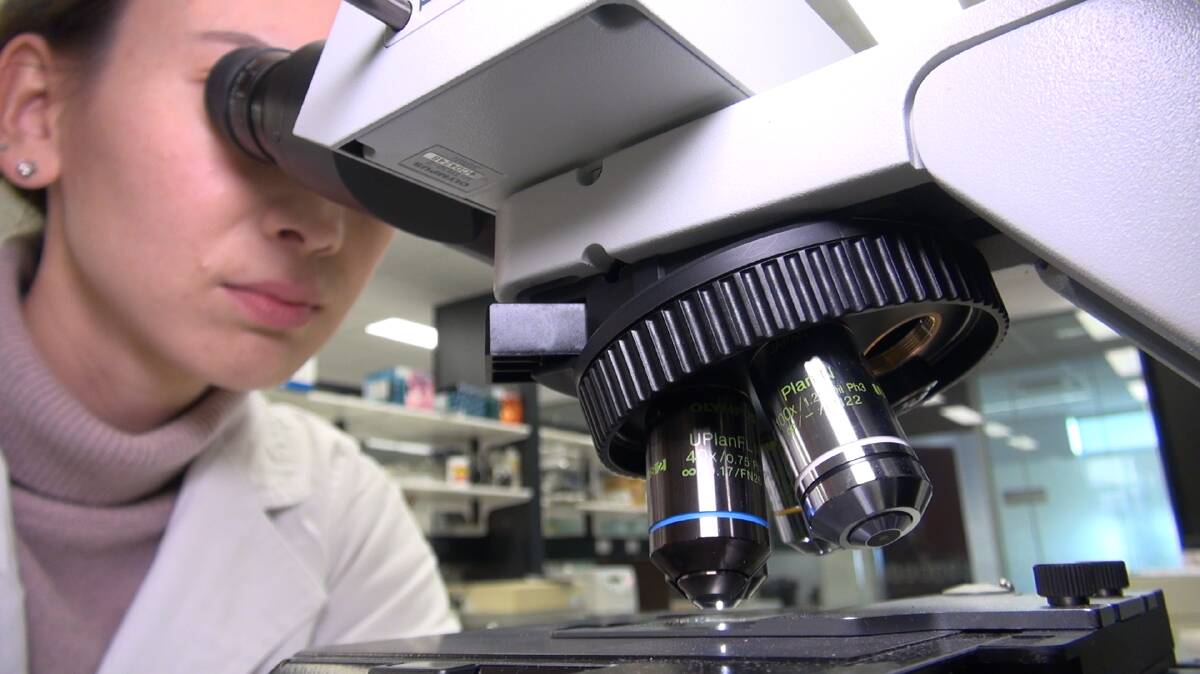
A deadly worm parasite is quietly infecting 60 per cent of Australians in remote Northern Territory communities.
Subscribe now for unlimited access.
or signup to continue reading
Dr Kirstin Ross from Flinders University says despite being more common than malaria, the parasite remains the most neglected of the neglected tropical diseases.
With confirmed fatal cases in Australia, the life threatening parasitic worm needs to be listed as a nationally notifiable disease before it is deemed untreatable.
Patients are likely to die
- Dr Kirstin Ross from Flinders University
Strongyloidiasis is an infection caused by parasitic worms which crawl in through human skin and reproduce inside stomachs and digestive organs.
“The parasitic worm causes a form of hyper infection which results in the generation of huge numbers inside the human host before moving out of your gut and tissue into other organs. Patients are likely to die,” Dr Ross says.
Detection rates are low, despite high infection rates particularly in Indigenous communities living in tropical climates.
PhD Student Meruyert Beknazarova is the lead author of a study with the National Strongyloides Working Group.
The working group wants strongyloidasis included in the Australian National Notifiable Disease List to ensure improved health outcomes for Indigenous Australians.
“Strongyloidiasis is generally considered a disease in developing countries, but we actually also see it infect disadvantaged populations right here in Australia,” Ms Beknazarova said.
“It is impacting Indigenous communities, refugees, and even returning holidaymakers,” she said.
It is impacting Indigenous communities, refugees, and even returning holidaymakers
- PhD Student Meruyert Beknazarova
The researchers said despite the worms prevalence in up to 80 per cent of Indigenous communities, the number could actually be higher because it remains difficult to detect.
“The worm tends to be seen in areas where septic or sewerage systems are not working very well or properly or at all,” Ms Beknazarova said.
With confirmed fatal cases in Australia, researchers say a public response is required to make early detection more possible.
“The problem is we don’t always look for it and so people can be completely unaware. We also don’t understand what environmental conditions allow for its survival,” Ms Beknazarova said.
Flinders University researchers studying the parasite are concerned about studies which indicate the worm might become resistant to treatment.
“At the moment we are relying on one or two drugs and unfortunately we have seen a couple of studies that have shown the disease is becoming resistant in animals, and it’s possible we could start seeing resistance in humans,” co-author Dr Harriet Whiley said.
“Although it is readily treatable, we don’t develop immunity so you could potentially walk out after treatment and become re-infected and the cycle continues,” she said.
“If we had a better understanding of the distribution then the likelihood of increased screening and treatment definitely exists,” Dr Ross said.

